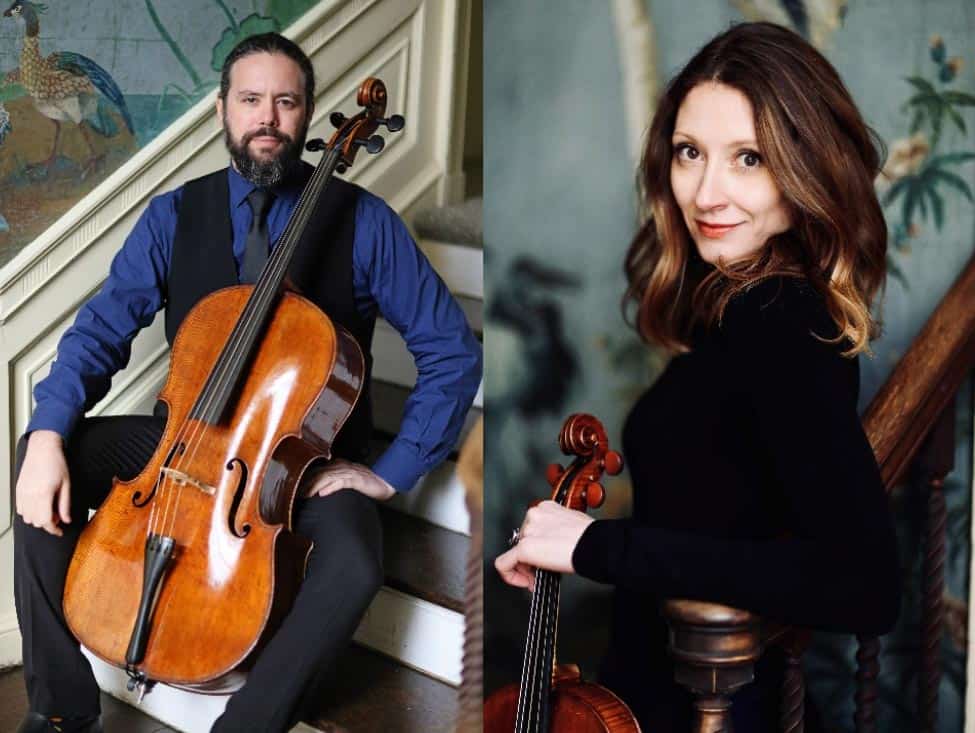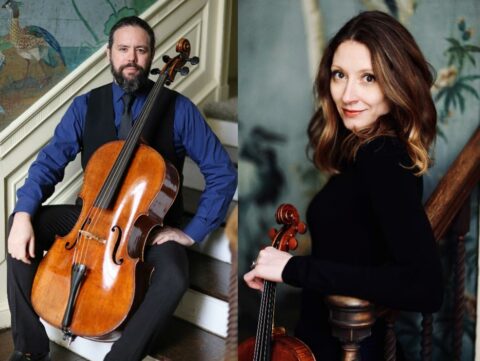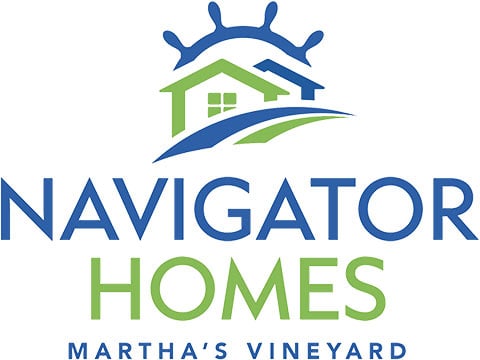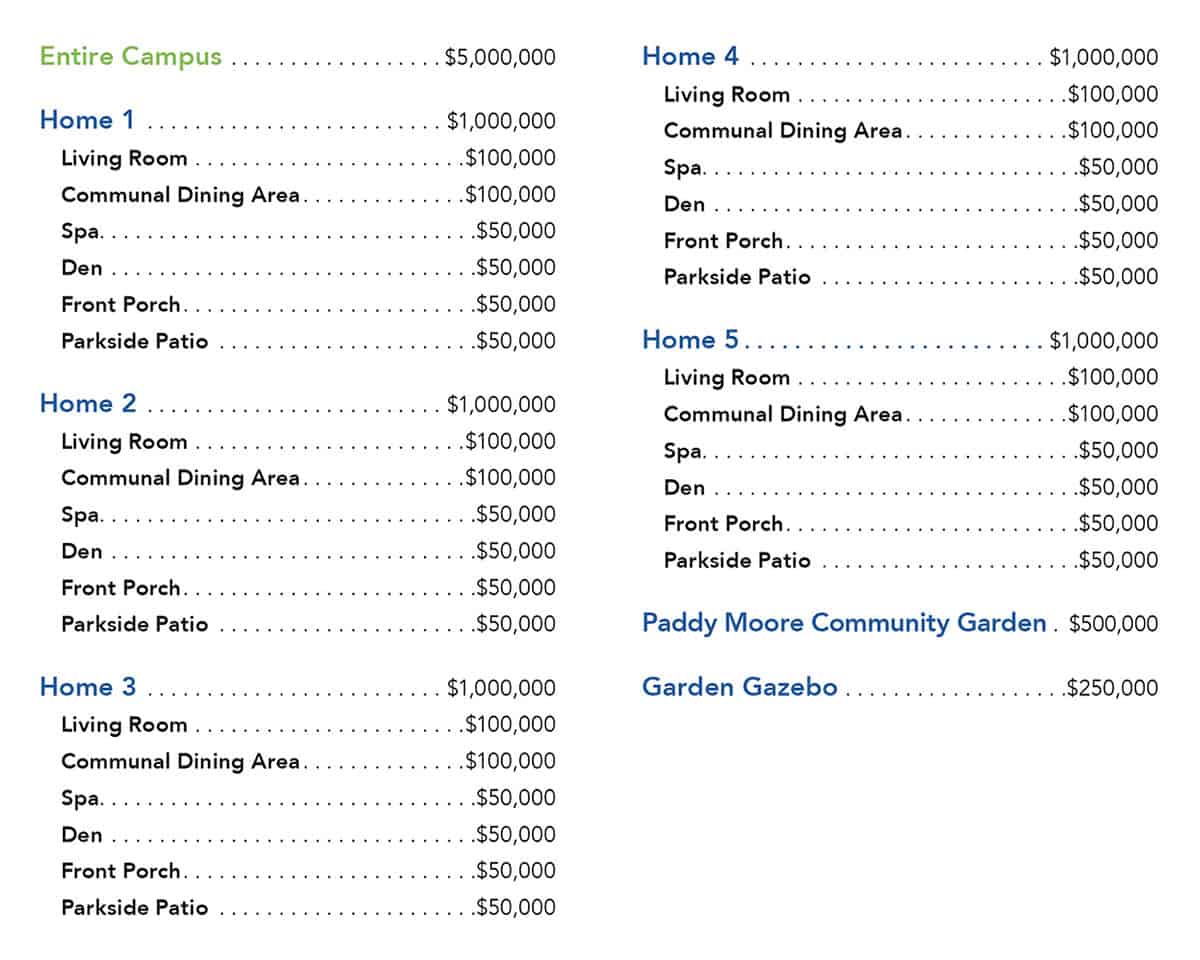On Sunday afternoon at the Federated Church in Edgartown, an entranced audience of nearly 100 Islanders heard what Bach’s music may well have sounded like when it was new, 300 years ago.
Playing instruments from the early 1700s, two members of Boston’s Handel and Haydn Society — which specializes in what is known as historically informed performance, seeking to recreate the authentic sound of earlier times — performed two of the composer’s solo suites in a benefit for the planned Navigator Homes nursing home and workforce neighborhood in Edgartown.
“[We] try to reproduce the kind of sound world we think Bach would have been familiar with, because we think it’s beautiful and has some value,” said Guy Fishman, principal cellist for the Handel and Haydn Society.
His cello was built in Rome in 1704, Mr. Fishman told the audience, and would have been about 16 years old when Bach composed the works performed Sunday.
Handel and Haydn violinist Renée Hemsing played an early 18th-century Dutch violin, with the detailed figurehead of a woman carved at the end of its neck. The instruments are strung with gut as they would have been in Bach’s time, rather than with steel strings as in modern orchestras, and the musicians’ bow shapes are old-fashioned as well, Mr. Fishman said.
In lieu of program notes, Mr. Fishman also gave the audience some historical insights on the music.

The two solo works on the program were both written around 1720, while Bach — a devout Lutheran who began his career as a church organist and had composed chiefly religious music — was working for Prince Leopold of Anhalt-Cöthen, a cultured Calvinist in the north of Germany.
“At that time, Calvinists did not require music for their church services, so Bach was left to write anything he wanted,” Mr. Fishman said.
It was during his six years with the prince that Bach wrote some of his most enduring instrumental works, among them the Brandenburg concertos and a dozen solo suites: six for cello and six for violin.
Whether they are called suites, sonatas or partitas, these works are structured in the baroque style, each reinterpreting a series of archaic European dances such as the gigue (jig), allemande, courante and sarabande.
The allemande represents a French impression of German dancing, Mr. Fishman said, while the sarabande entered the Old World via enslaved workers from Central America and was apparently steamy enough to be banned by church authorities in Spain. Courante is French for “running” and became the name of a quick-stepping court dance.
Dancing rhythms are just one element of what Bach was after in his violin sonatas, Mr. Fishman said. The composer also wanted polyphony — multiple voices, issuing from a single stringed instrument that’s usually known for playing one line at a time.
“On the page are really as many notes as can possibly be played,” Mr. Fishman said. “It’s kind of a miracle that anybody can play these things.”
As for the cello, he said, Bach took what had been considered an accompanying instrument and gave it a voice of its own. After violinists had been soloists and virtuosi for the past hundred years, Bach’s suites opened the way for cellists to join them.
“These six pieces form the nucleus of our repertoire,” said Mr. Fishman, whose performance of the Suite in C major for unaccompanied cello filled the church with the rich, dark tones of the period instrument.
Still dancelike despite Bach’s cerebral intricacies, the suite’s whirling rhythms had some listeners swaying gently in their pews while others listened with closed eyes to the sound of the early 18th century.
In the Sonata in D minor for unaccompanied violin, Ms. Hemsing met Bach’s polyphonic challenge and staggered the audience by playing melody and bass at once in the work’s final chaconne, a 12-minute movement that has gained a life of its own in violin repertoire. Both performances drew standing ovations from the audience.
At a church reception following the concert, the musicians greeted listeners and offered a closer look at Ms. Hemsing’s violin, with its muse-like carving gazing up from the neck. Nearby, a digital reproduction of Bach’s score for the sonata showed a page almost covered with notes, testifying to the works’ complexity.
Both musicians were first-time visitors to the Island, invited by Navigator Homes treasurer Polly Brown, who Mr. Fishman said is a longtime supporter of the Handel and Haydn Society.
“We would love to come back,” he told the Gazette after Sunday’s concert. “The church has a lovely sound [and] we had a great time.”
Mr. Fishman also invited audience members to email him at fishmancello@gmail.com for links to biweekly, online music appreciation classes that he and Ms. Hemsing teach at no cost, including sessions on the works played Sunday.



 Please check with the Navigator Development Consultant at 610-246-3488 to confirm availability or adjustments. Named gift opportunities are subject to change.
Please check with the Navigator Development Consultant at 610-246-3488 to confirm availability or adjustments. Named gift opportunities are subject to change.